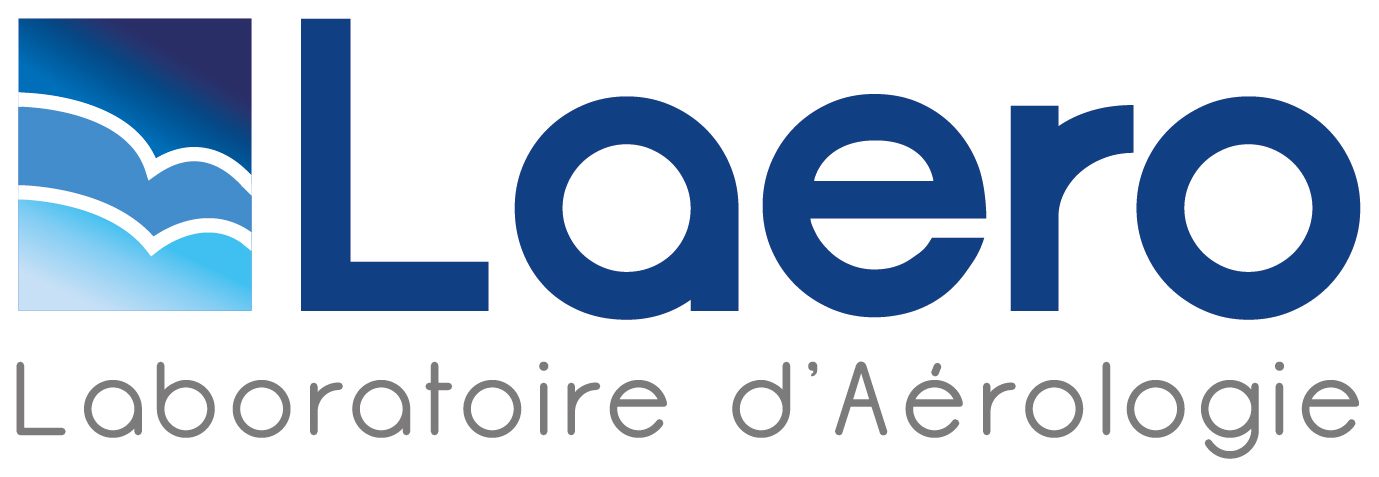L’impact de la convection sur la couche de la tropopause tropicale : du budget thermique au rapport isotopique de l’eau, en passant par les propriétés de transport et la dynamique des nuages de glace
I discuss how simple ideas from the mass flux theory of convective transport can be applied to study the impact of overshoots on the tropical tropopause layer (TTL).
First, I start with a re-examination of the radiative velocity paradigm in the TTL when the possible effect of turbulent cooling from overshoots is included and show that uplift rates in the TTL may be overestimated and the detrainment rates underestimated in some approaches, affecting the mass balance of any tracer in the TTL. Generally, uplift velocity is retrieved from the conservation of energy, assuming that the only significant factor is radiative heating. The detrainment rate is then computed from the convergence of the uplift flux, with the assumption that detrainment dominates over entrainment in the TTL. I show that this commonly calculated “radiative vertical velocity” and the associated rate of detrainment are necessarily flawed for either of two mutually exclusive reasons. If radiative heating is the sole diabatic term in the energy budget, then significant convective entrainment must occur at TTL levels. If detrainment dominates over entrainment, then the heat budget must include the cooling rate from the export of sensible heat deficit in overshooting convection. I illustrate the calculations using tropical values of radiative heating rates and large-scale divergence fluxes from ERA-Interim reanalysis. For undilute convection, the export of heat deficit in detrained overshoots would substantially offset radiative heating, lowering the resulting assumed vertical velocity at 16 km by a factor of three. The computed detrainment rate at this altitude also increases significantly, by a factor of five. Because these changes would alter interpretation of tracer profiles, it is important to include all terms in the heat budget in tracer studies. Conversely, tracer transport properties can be used to help constrain the impact of convection on the TTL heat budget.
In the second part of the talk, I show that the isotopic composition of water can be used to quantify the convective contribution to water vapor in the TTL. The relatively small amount of water vapor in that region of the atmosphere is of disproportionate radiative importance, and projections of changes in TTL water are hampered by poor understanding of its sources and controls. I show here that the profile of the isotopic composition of water vapor can be used to quantify the contribution of various processes to the water budget of the region: convective sources of water, dehydration via in situ cirrus formation and sedimentation, and moistening from mixing with extratropical air. I combine these processes into a simple model for the isotopic ratio of TTL water vapor. By fitting the model parameters to reproduce an averaged tropical profile of water vapor isotopic ratio in the TTL, I show how one can retrieve the convective contribution to TTL water vapor. Using isotopic measurements from the ACE-FTS solar-occultation instrument, I show that convective injection of water vapor must provide a significant contribution to TTL water vapor. That contribution in turn has large radiative effects, because it increases the production of in-situ cirrus over what would be inferred from large-scale uplift alone, by a factor 2 to 10 depending on altitude (between 15 and 17.5 km).






